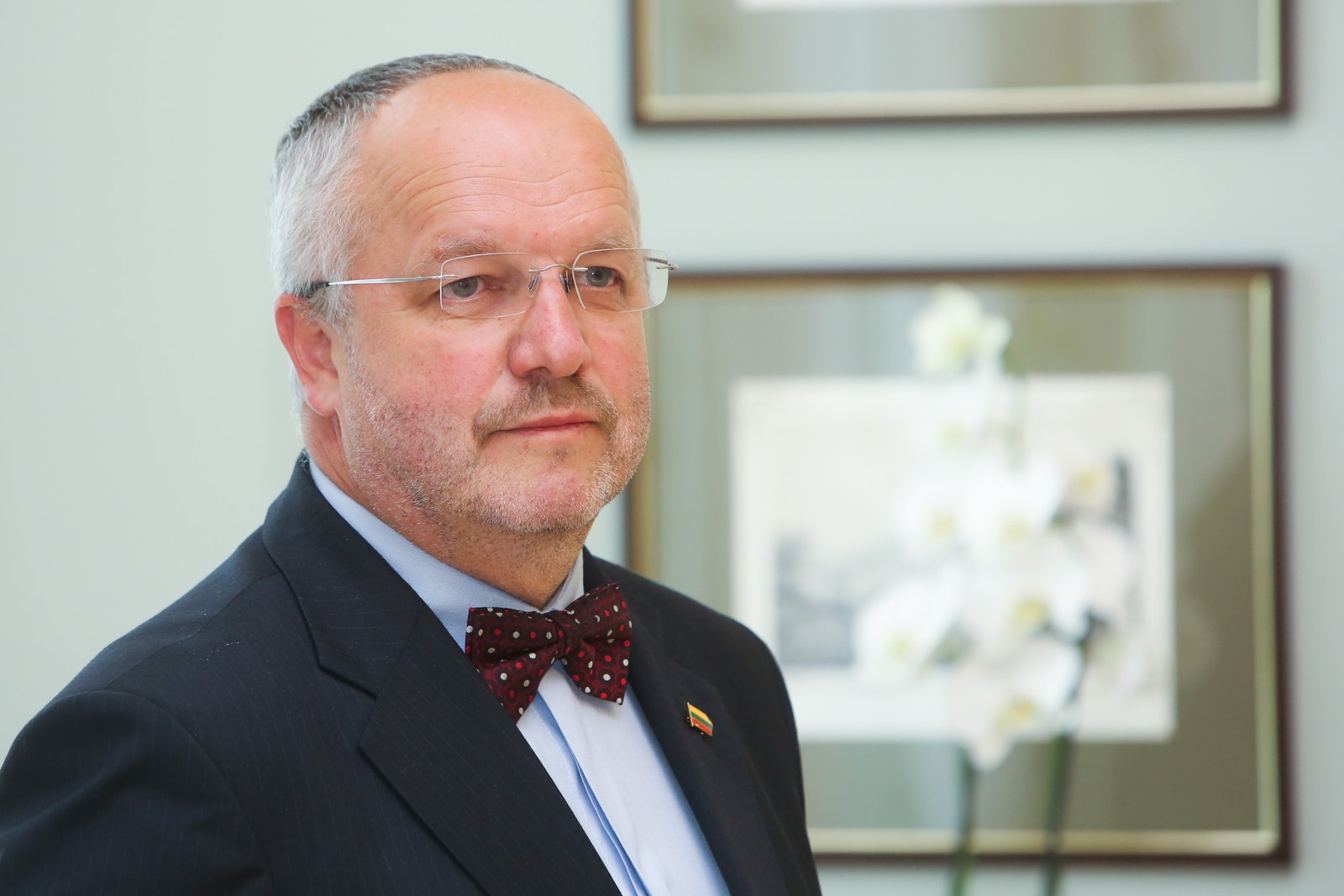

DELFI / Kiril Čachovskij
According to the minister, this will enable “to enhance manoeuvrability and fire power by purchasing anti-tank and anti-air weapons, modernising mortars as well as help implement the infantry fighting vehicle and perhaps the self-propelled artillery projects”.
“We have also foreseen to improve military training conditions for our soldiers and for the allies. Expansion of training areas is planned, urban warfare installations should be built in Pabradė training area so that our soldiers can train in urban conditions. The use of Myles system, simulating shooting procedures with the help of lasers, should be expanded. The necessary infrastructure should be developed in Šiauliai Air Base,” said Olekas.
According to the minister, the main attention will be devoted to acquire military equipment and armament for soldiers.
“Our soldiers must have all the capabilities of the leading countries, we are the eastern frontier of NATO, with the biggest tensions at the moment,” said the defence minister.
Talking about the budget, the minister was pleased that funding increased by a fifth, compared with 2013. Based on the draft budget, 49.6 percent will be allocated for sustaining the armed forces, while 27 percent for purchases. This meets NATO standards.
I admit it: I’m not that type of person who follows domestic and international politics…
While Prime Minister Gintautas Paluckas does not take issue with the statements made by the…
Lithuanian economists are surprised to see our country's economic growth: the Estonian economy has been…
"The fate of Nemuno Aušra (Dawn of Nemunas) in the coalition has been decided; they…
Airvolve, a Lithuanian dual-purpose aeronautics company, has successfully completed its first round of testing and…
The world is becoming smaller, more intertwined, and increasingly fragmented, with many of the previous…